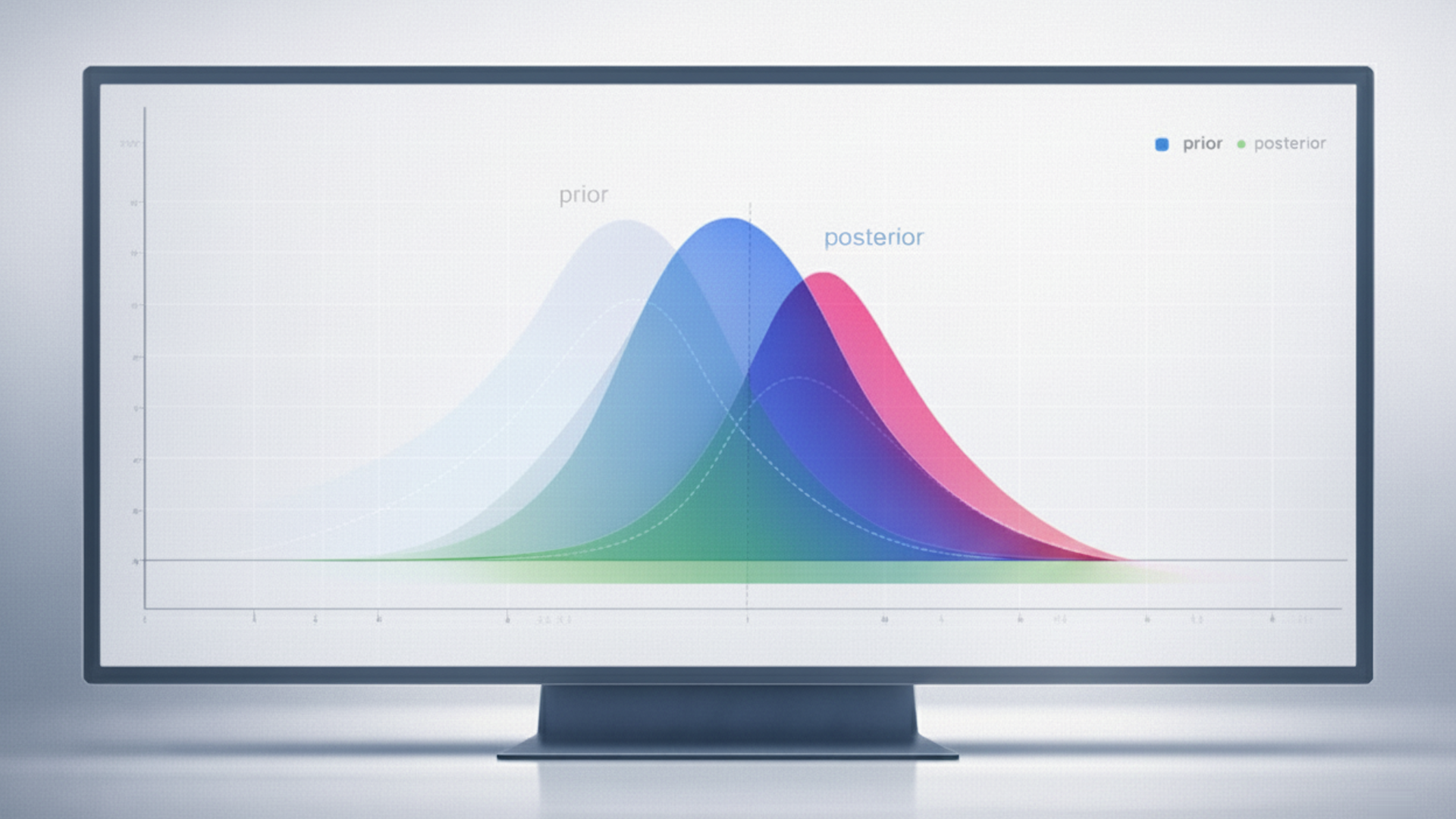GA4 isn’t all it’s cracked up to be. What would it look like to switch?
Marketers are searching for alternative analytics platforms. Here’s what you need to know to make an informed decision before switching.

Google Analytics is the top player when it comes to tracking website visitors. The platform’s value is reflected in its popularity, which is why it’s the market leader boasting an 86% share. But with great value comes great responsibility, and Google Analytics lacks in that department.
Designed to maximize data collection often at the expense of data privacy, Google Analytics and its mother company, Google LLC, have been on the radar of European privacy activists for some time now. Reports of questionable privacy practices by Google have led to legal action based on the General Data Protection Regulation (GDPR) that might result in a complete ban on Google Analytics in Europe.
On top of that, Google recently announced it will end support for Universal Analytics in July of 2023, forcing users to switch to Google Analytics 4 (GA4). So, if the switch must be made, why not seek a new analytics provider? There are great free and paid solutions that allow organizations to balance valuable data collection with privacy and compliance. With a GDPR-compliant analytics solution in place, your data collection becomes as it should be predictable and sustainable.
The problem with GA4 from a user perspective
Universal Analytics’ successor is very different from what you’re familiar with. Apart from the new user interface, which many find challenging to navigate, there is a laundry list of issues with the feature set in GA4—from no bounce rate metrics to a lack of custom channel groups. Here are some of the limitations in GA4 from a user perspective that you might find frustrating.
Not-so-seamless migration
GA4 introduces a different reporting and measurement technology that is neither well understood nor widely accepted by the marketing community. There is no data or tag migration between the platforms, meaning you’d have to start from scratch. The challenge grows with the organization’s size—you can have hundreds of tags or properties to move.
Limits on custom dimensions
A custom dimension is an attribute you configure in your analytics tool to dive deeper into your data. You can then pivot or segment this data to isolate a specific audience or traffic for deeper analysis. While GA4 allows you to use custom dimensions to segment your reports, there’s a strict limit—you can only use up to 50.
Lack of custom channel grouping
Channel groupings are rule-based groupings of marketing channels and, when customized, allow marketers to check the performance of said channels efficiently. Unlike Universal Analytics, GA4 does not allow you to create custom channel groupings in the new interface, only default channel groupings.
Why Google is giving you a short deadline to make the switch to GA4
It’s startling to consider the deadline Google has left the analytics community when it comes to acting: Universal Analytics will stop processing new hits on July 1, 2023. This could be a way to motivate users to migrate more quickly. Perhaps Google was disappointed with the speed of adoption for GA4 and decided to act decisively for this next version.
Another possibility for the short deadline is that Google wants to cut costs and rid itself of technical debt associated with thousands of websites with legacy solutions installed (many of those users are not active users of the product). Since GA4 is designed to support Google’s advertising network, it guarantees more revenue than the competition.
Whatever the case, users need to prepare to move to GA4—or switch to an alternative.
The problem with GA4 from a privacy standpoint
Google claims the new platform is designed with privacy at its core, but the privacy concerns are far from over. A lack of clear guidelines on data processing has many questioning the legality of GA4 in Europe. Here are some of the reasons that leave us to believe GA4 won’t last long in Europe.
Recent laws and regulations
Google makes it difficult to collect data in line with data protection regulations such as GDPR. This means that organizations engaged in gathering, storing and processing data about EU citizens have to adjust their policies and introduce serious technological changes to be GDPR-compliant.
One of the key compliance issues with Google Analytics is that it saves user data, including information about EU residents, on U.S.-based cloud servers. As a U.S.-based technology company, Google must comply with U.S. surveillance laws, such as the Cloud Act. This legislation states that Google must disclose certain data when requested, even when that data is located outside of the U.S.
In the judgment known as Schrems II, a European court ruled that sending personal data from the EU to the U.S. via transatlantic transfers is illegal if companies can’t guarantee this data will be safe from U.S. intelligence.
Companies with an international presence must now adapt to a wide range of regulations, often with different requirements and restrictions.
Transparency
A Google guide implies data is transferred to the closest Google Analytics server hub. However, the data may be stored in a geographic location that doesn’t have adequate privacy protection to the EU. This lack of transparency poses a problem for Google and organizations using Google Analytics in the EU.
Newly introduced features in GA4 partially address this concern by allowing the first part of data collection (and anonymization) on European servers. However, data can, and most likely will, be sent to the U.S. The best thing to do is be open when it comes to collecting data from people.
With proper transparency, individuals feel a sense of safety and assurance. In return, organizations get more data because individuals now feel taken care of and have the trust needed to provide data.
Time to re-think how you handle consumers’ data
The advantage of these regulations is users’ increased consciousness about their data. This is where alternatives come in handy. They provide you with privacy features you need to comply with laws and obtain the data you want. So, thinking about making the switch to a Google Analytics alternative? Here’s what you need to know.
Addressing concerns about switching to an alternative analytics solution
A lot of users may be hesitant to make the switch. It makes sense—Google has dominated the marketplace for so long that it might feel like too big of a hassle to switch. For a marketing director or CMO to suggest using a different analytics tool and then for that tool to have even more limitations than the last would not be a good look.
You need to make an informed decision and choose the platform whose feature sets fit the organization’s needs to process user-level data while building trust with visitors. Here are the facts and myths when switching:
I’ll lose historical data.
This is a fact, but not for long. Some alternatives have developed data importers in the wake of Universal Analytics (Google Analytics v3) being deprecated.
It’s expensive and hard to switch.
This is a myth. Alternatives are built with easier user interfaces, use similar measurement methodologies, and often have solutions to help with Google Tag’s migrations.
Alternatives don’t offer demographic data.
This is true: Google’s first-party data add sex, age group, and interests to profile data, and none of the alternatives can offer such data enrichment.
I miss some reporting capabilities.
This is false. Each alternative has unique reporting capabilities, and some are very flexible, allowing for more transformations and data exports than Universal Analytics.
It is easier to run advertising campaigns with Universal Analytics.
This is true. There is deep integration with Google Analytics and Google Ads/Google Marketing Platform, which gives access to an extensive repertoire of data.
I’ll lose my rank in Google Search.
This is a myth. Alternatives’ customers don’t report a lower rank in Google Search. Make sure your site is fast, mobile-friendly, popular (links) and with complete metadata.
The mindset to take when switching.
Marketers considering switching to a new platform need to take a new analytics mindset. We are experiencing a rapidly rising awareness that data is of value and must be protected. Since the future of marketing requires users’ consent, the vendor you choose must allow you to perform analytics in a privacy-friendly way.
Our intention with Piwik PRO Analytics Suite has always been to give clients powerful analytics capabilities along with key privacy and security features. The user interface and feature sets are similar to Universal Analytics, so marketers feel at home when switching to our platform.
Piwik PRO is geared towards both delivering valuable insights and privacy and compliance. Notably, switching to Piwik PRO excludes the privacy and compliance issues associated with Google Analytics to collect data predictably and sustainably. There’s both a free and paid plan, which allows different organizations to get an analytics service tailored to their needs. If you’d like to learn more about Google Analytics alternatives or get more information on the Piwik PRO Analytics Suite, visit piwik.pro.
This article was written by Maciej Zawadzinski, CEO, Piwik PRO.
Opinions expressed in this article are those of the sponsor. Search Engine Land neither confirms nor disputes any of the conclusions presented above.


